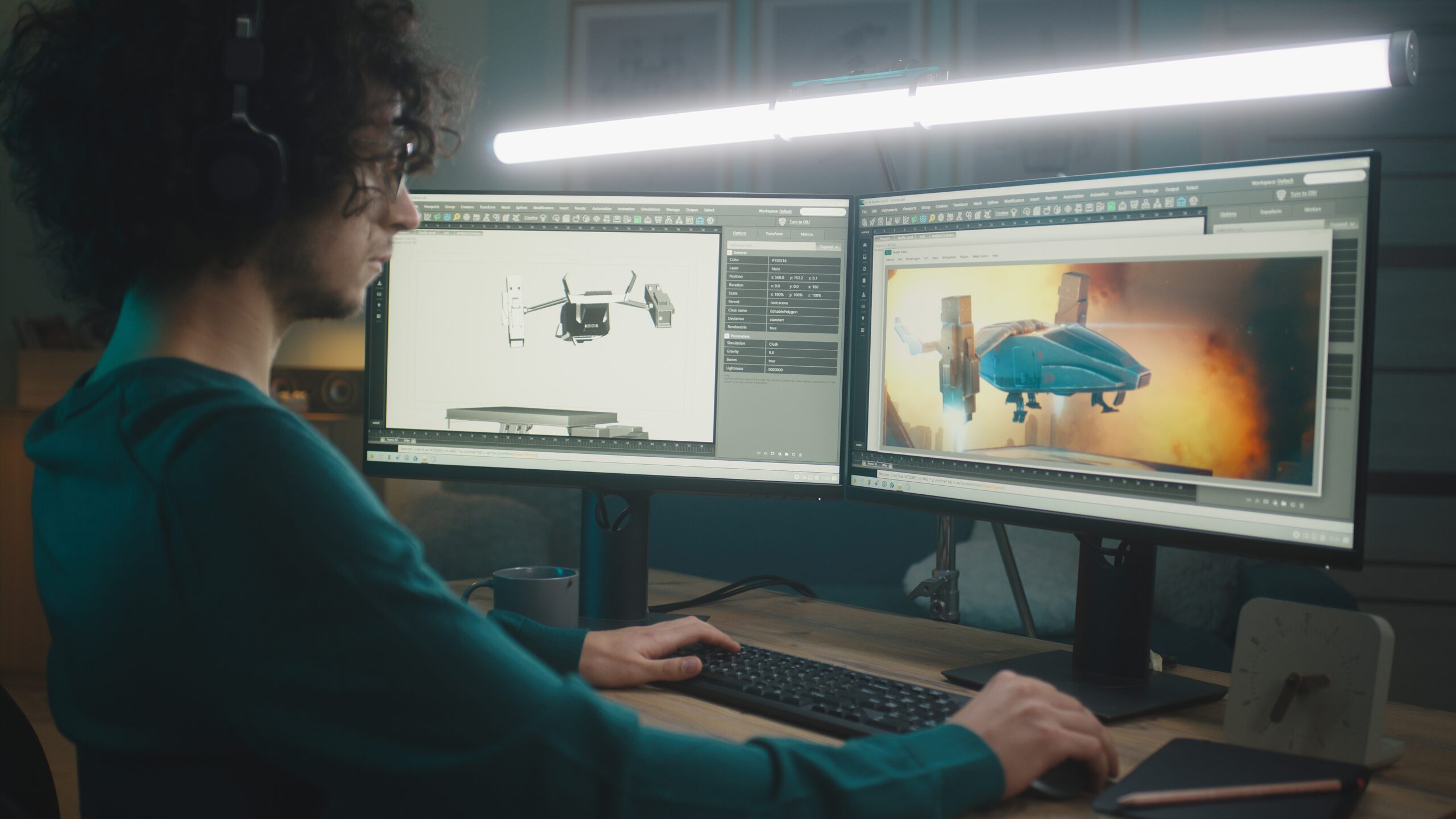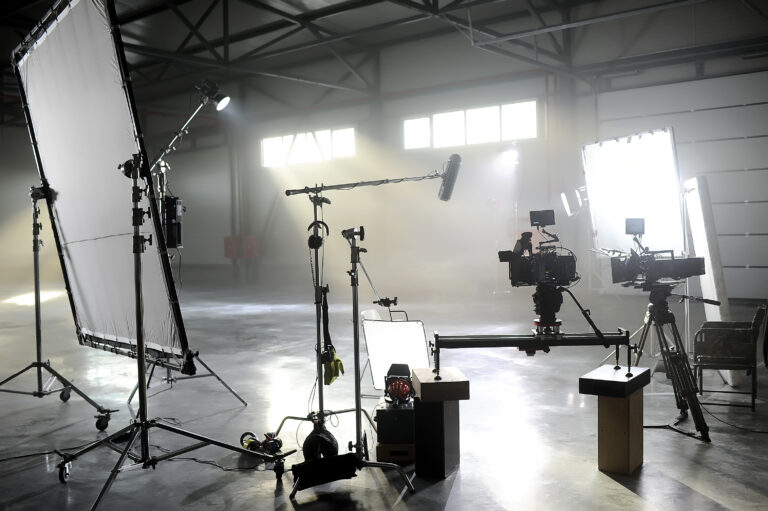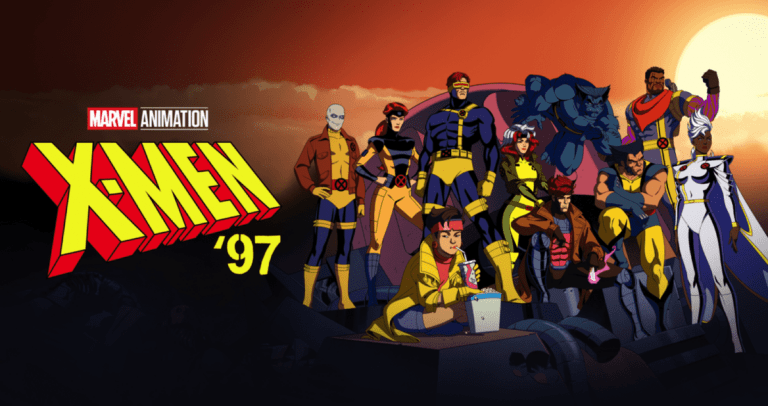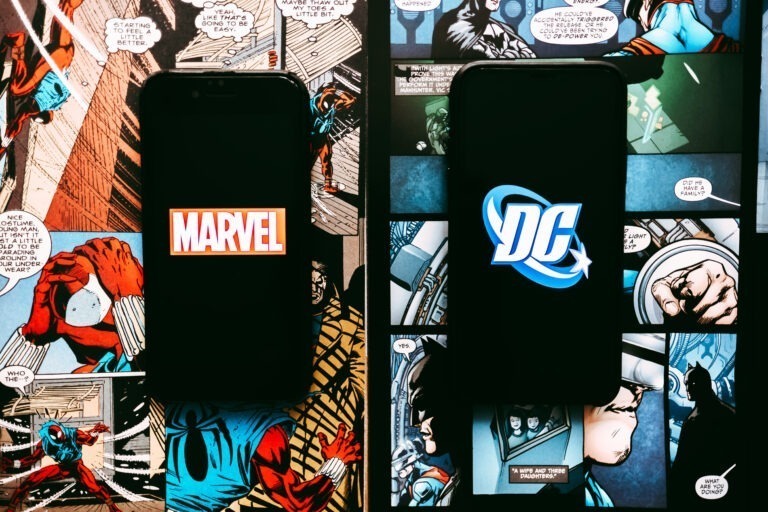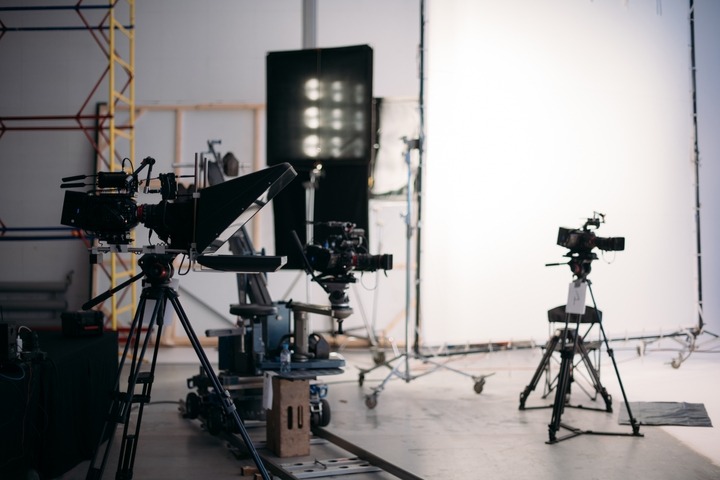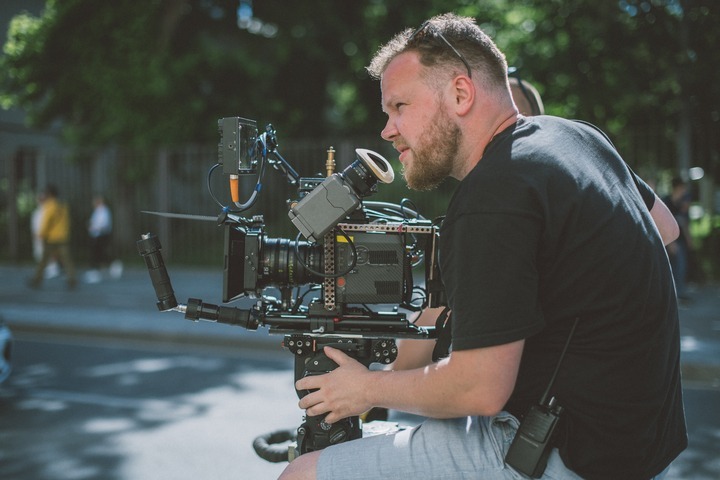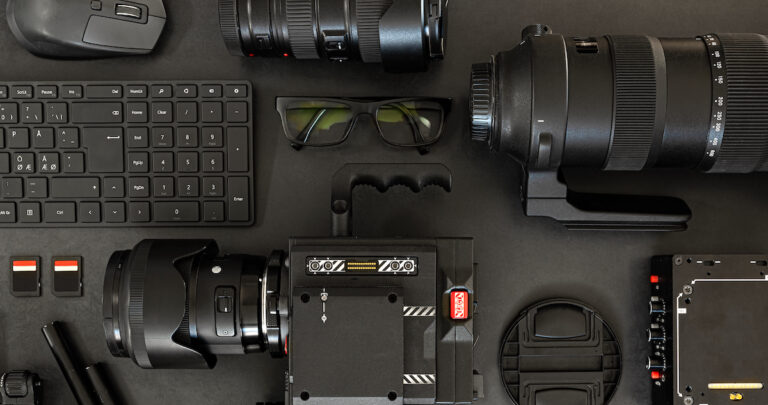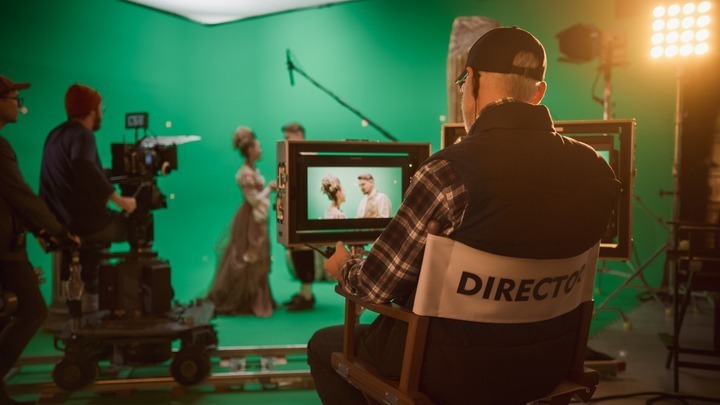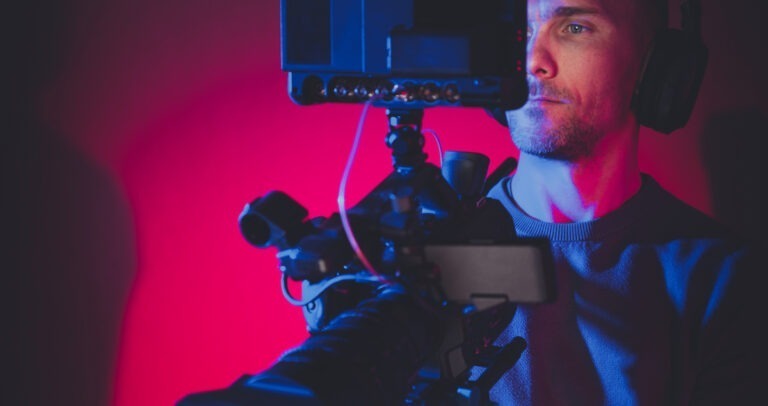2D vs. 3D animation is a technique dating back to the 1908 film Fantasmagorie. Fast forward a few decades, and we have The Lion King’s hand-drawn 2D animation with Scar’s sinister smirk. Even more advanced is the computer-based 3D animation in Frozen, with Sven’s lopsided grin. But how can the difference between 2D and 3D animation guide the visuals in your voice over projects?
At Voice123 – where you’ll find extraordinary animation voice actors – we’ve got unique audio and video insights to guide your next voice over project. In this post, we’ll explore 2D animation vs. 3D animation, the pros and cons, and the difference between 2D and 3D animation.
Get ready to step into a world of lifelike wonder.
What is 2D animation?
2D animation is a classic type of animation that creates movement in a two-dimensional space, so characters and backgrounds are drawn in a flat plane, using width and height but no depth. This technique involved sequencing individual drawings together, like drawing a flip book. Each page has a slightly different version of the first drawing, creating the illusion of movement with rapid flipping. In 1928, Walt Disney used model sheets and maquettes to design Mickey Mouse with 2D animation; however, more modern animations like Rick and Morty use digital and vector-based 2D animation puppet software to create images and movement.
What is 3D animation?
3D animation is a dynamic animation process that creates moving images in a digital, three-dimensional environment by manipulating polygons to create characters and backgrounds with depth and volume. The 3D model receives a skeleton for movement during the rigging and skinning. Texturing and lighting make them look natural, while rendering transforms the 3D models into a complete video sequence. Pixar movies like Finding Nemo and video games like The Last of Us use 3D animation for realistic character facial movements, body language, and real-world environments.
The difference between 2D and 3D animation
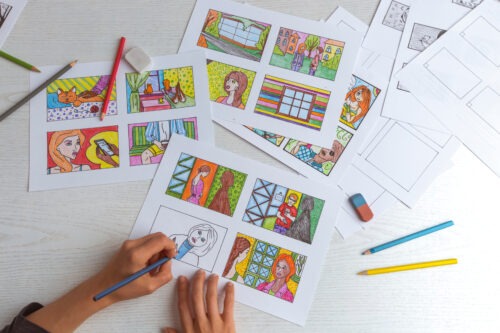
The core difference between 2D and 3D animation is their project scope and design as 2D animation is more traditional, using two-dimensional sequenced drawings for movement, while 3D animation is more modern, using a three-dimensional modeling space to create depth and realistic movement. 2D animation has a classic, emotional style that’s reminiscent of Disney cartoons. This animating technique makes developing frames for stories with hand-drawn effects easier. 3D animation uses complex models to create detailed action sequences with special visual effects, making it perfect for sci-fi or action projects.
So, now that you know what 2D vs. 3D animation is, here are the pros and cons.
2D vs. 3D animation: Pros and Cons
Pros of 2D animation:
- Cost-effective: 2D animation vs. 3D animation requires less resources and computing power, so it’s great with projects on a budget.
- Simplicity: 2D animation has simpler aesthetics, making it better for narratives requiring a straightforward visual approach.
Cons of 2D animation:
- Limited versatility: It lacks depth and dimensionality, which makes achieving specific visual effects and realistic movements challenging.
- Learning curve: Although simpler, 2D animation requires skills in drawing and an understanding of motion dynamics.
Pros of 3D animation:
- Realism: 3D animation creates lifelike characters and environments, offering a level of realism that 2D animation cannot match.
- Versatility: It’s highly adaptable, so you can use it in movies and video games or create simulations and educational materials.
Cons of 3D animation:
- Intensive resources: It demands more powerful hardware and software, leading to higher costs.
- Complicated to learn: You must understand the principles of lighting, modeling, and texturing, which is daunting for beginners.
When to use 2D vs. 3D animation
2D animation suits projects with a simple, artistic style. They’re also easier and faster to create with a limited budget. You can use it in animated TV shows, advertisements, explainer videos, and mobile games where characters and narratives are central. In educational videos, 2D animation can break complex subjects into straightforward, easy-to-understand images.
3D animation suits larger budgets but can also take longer to produce. It’s a go-to choice for films like superhero movies, video games, architectural visualizations, and virtual reality experiences. High-end video games like Fifa Soccer use 3D animation for natural sporting environments and character models.
2D vs. 3D animation in voice over projects
Voice overs are the foundation of realistic characters in 2D vs. 3D animation styles. You can hire a voice actor from Voice123 and use their captivating vocal qualities in 2D vs. 3D animation projects. Here are 5 examples:
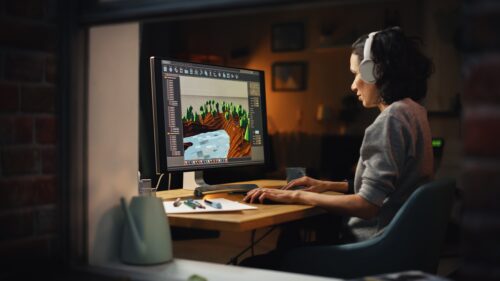
- Film: For 3D animations, select a voice that matches the character’s intricate visual details. With 2D animation, use a voice that can add depth to stylized characters.
- TV Shows: A playful or comedic voice works well for children’s 2D animations, while a nuanced voice can complement the detailed visual storytelling of 3D animations.
- Video Games: In 3D games like Batman, a voice actor should have a commanding vocal presence that captures the game world’s dynamic. And a quirky voice for 2D games can enhance the character and artistic style.
- Commercials: In 2D and 3D animated ads, the voice over must align with the brand’s image—whether authoritative, whimsical, or soothing.
- Educational Content: In 2D animations, a friendly and expressive voice can simplify complex topics. For 3D, an informative and captivating voice can help audiences visualize challenging subjects.
Final Thoughts
2D animation vs. 3D animation adds timeless charm and lifelike realism to video projects. And each technique has unique appeal and storytelling potential. So, experiment with what works best for your content. Combine it with a killer team, and add video editing software to finalize your 2D vs. 3D animation vision.
Once you have your animation script, you can bring your characters and scenes to life with unmatched emotion and depth from the talented voice actors on Voice123. Or opt for our full-scale Managed Services to handle your entire project.
It’s time to experience the depth of storytelling like never before.
FAQs
It depends on usage. 3D animation looks more realistic with a dynamic motion range so that it can create lifelike characters and environments. 2D has more of an old-school charm that suits specific artistic and stylistic storytelling methods.
Anime is generally 2D animation because of its vibrant characters, colorful graphics, and fantastical themes. More modern anime, however, incorporates 3D animation elements to enhance certain scenes or backgrounds.
Disney switched to keep up with technological advancements and changing audience preferences. They were also encouraged by the box-office success of 3D animated movies like Toy Story and Shrek.
Absolutely. Both forms of animation can expand your skill set, versatility, and employability in the film, television, and gaming industries.


